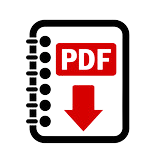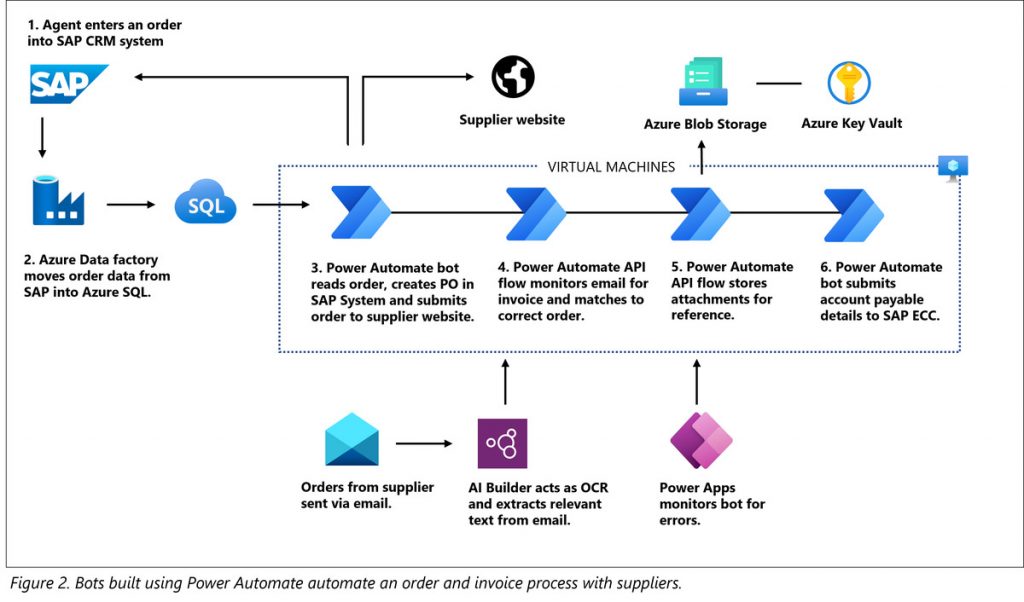Solution Design
The Microsoft Power Platform empowers everyone to create innovative Low Code solutions, incorporating powerful next-generation AI copilots.
With modules including Power Apps, Pages, Automate, and Copilot Studio, enterprises can harness the full suite to accelerate development and automate key processes.

Ai Process Automations
Through connectors to enterprise applications like SAP, and augmented further with Ai, virtual agents can intelligently automate manual workflows.

Team Flow
Combined with other Microsoft technologies like Teams, integrations can improve flow at the people and process level, enabling 'Power Teams'.


Solution Guide
Power Flow is a methodology that combines enterprise workflow analysis and optimization design, with rapid process building using Power Apps.
Enterprise Transformation
Power Flow is a keystone foundation for enterprise-wide digital transformation, enabling the automation of the many small processes that form an organization's total operations, as exemplified by the Coca Cola case study.

Workflow Modeling
Application Mapping
Workflow Blueprints
Flow
Applications
Flow Recipes are blueprints of different application combinations and integrations that speed up team collaboration workflows.

Combining Teams and Power Apps enables organizations to customize and repeatedly execute high performance collaboration patterns.

An AI agent that understands natural language, so you can ask it to deploy clusters or answer questions in plain English, right inside Slack.

Mainframes have been the backbone of many organizations for decades, but as technology evolves, modernizing these legacy systems becomes crucial.